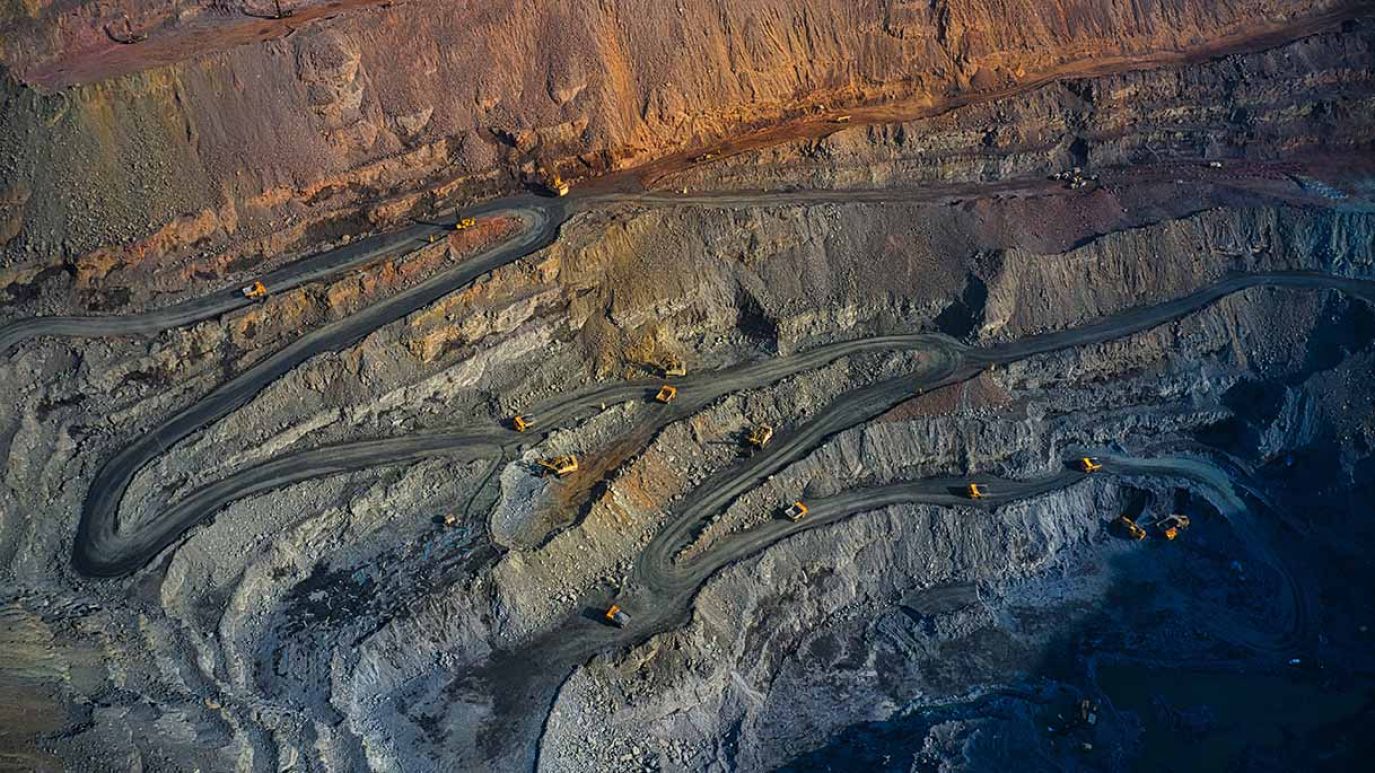-
Blog
Additional restrictions on the export of rare earth elements from China increases pressure on a U.S.-Ukraine critical minerals deal

Critical elements are currently at the forefront of global geopolitics. As China and the U.S. escalate the trade war and impose export restrictions and tariffs on each other, a U.S.-Ukraine mineral deal takes on even greater importance.
Arsenide. Cobalt. Graphite. Lithium. Manganese. Rare Earth Elements. Never has the Periodic Table taken such a center stage. These elements (known as “strategic elements” for a reason) and others are shaping global geopolitics. Previously confined to interminable chemistry classes, we now all know what cobalt is used for, why lithium is so important, why we need alternatives to graphite, and what a rare earth element (REE) is.
Last week, the Center for Strategic and International Studies noted that the new export licensing restrictions imposed by China on seven rare earths, in response to President Trump’s tariffs on trading partners, would hit over a dozen U.S. defense and aerospace companies that produce fighter jets, submarines, drones, and other defense articles.[1]
China imposes further export restrictions on seven REEs
U.S. restrictions on China are more stringent when compared to other nations, with up to 145% on certain imports, with even 245% suggested in some cases. In response, on April 4, 2025, China imposed export restrictions on seven REEs – samarium, gadolinium, terbium, dysprosium, lutetium, scandium, and yttrium – which are essential for applications such as defense, aerospace, clean energy, semiconductors, technology devices, magnets, and many more.
In addition to the tariffs, the Chinese restrictions also require companies to secure special export licenses to export minerals and magnets. Since 2023, China has imposed additional restrictions that require licenses to export 20 elements, including tungsten, tellurium, bismuth, indium, and molybdenum-related products.
The latest moves mean that the ability of the U.S. to develop and manufacture advanced weapons, as well as clean energy technologies such as wind turbines and solar panels, could be severely hampered. China is the leading producer of at least 30 of the 50 minerals deemed critical by the U.S. Geological Survey and accounted for 99% of global heavy REE processing.[2]
There is growing concern that China’s restrictions could negatively impact U.S. defense and aerospace capabilities going forward. As a result, on April 15, 2025, President Trump ordered a probe into potential new tariffs on all U.S. critical minerals imports over concerns that the U.S. is overly reliant on China for critical materials and strategic elements.
Commerce Secretary Howard Lutnick has been tasked with performing a national security review under Section 232 of the Trade Expansion Act of 1962 to identify U.S. dependency on mineral imports. Lutnick is required to report his findings within 180 days, including whether to impose tariffs.
The growing importance of a U.S.-Ukraine mineral deal
All of this, of course, makes a U.S.-Ukraine deal for critical minerals even more important. On April 17, 2025, Ukrainian officials announced that they had signed an outline of a minerals deal that could be finalized within weeks.
Ukraine’s Deputy Prime Minister Yulia Svyrydenko, who is also Minister of Economic Development and Trade, posted on social media platform X that the two countries had signed a memorandum of intent that would be beneficial to both countries.
The deal would give U.S. access to Ukraine’s significant resources (known as the Ukrainian Shield), which includes what is considered Europe’s largest lithium reserve (270,000 tonnes are reportedly at the Polokhivske site), one of Europe’s largest reserves of uranium, as well as iron and titanium.
Ukraine also boasts significant, untapped reserves of REEs, including neodymium and dysprosium – used in smartphones, wind turbines, electric motors, and so on. In addition, it is home to the world’s largest proven reserves of manganese ores – an estimated 2.4 billion tonnes in the Nikopol Basin.
The U.S. estimates that it can monetize around $500 billion from Ukraine’s natural resources and views it as “repayment” for U.S. military aid in the Ukraine-Russia conflict. Such a deal would also involve setting up a fund to help rebuild Ukraine after Russia’s invasion – although full details are currently unavailable.
REEs and strategic minerals have never enjoyed such ‘household’ recognition. But it’s clear that their importance in technological and defense applications have brought them to the forefront of global geopolitics.
Pamir Consulting advises that U.S. companies embroiled in the supply chain for critical and strategic minerals allow the dust to settle and the details of any deal to come out before making any strategic decisions.
[1] https://www.csis.org/analysis/consequences-chinas-new-rare-earths-export-restrictions
[2] https://www.nytimes.com/2025/04/13/business/china-rare-earths-exports.html
China’s 5G influence in developing economies
China’s Belt and Road Initiative and its digital counterpart, the Digital Silk Road, threaten to displace US telecom and tech companies in developing economies in Africa, Latin America and the Middle East. How can US operators and network providers stand up to the challenge?